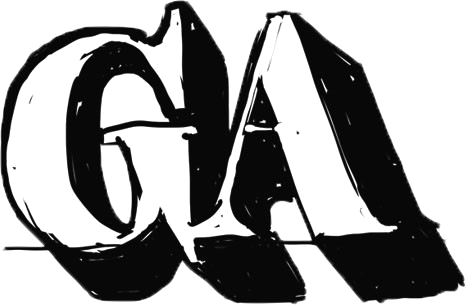These are dark days for gender history. We’re on a cliff edge. Either we jump back into the increasingly choppy sea of post-structuralism, or we hot-foot it back to the safety of sexual difference. You know times are rough when Joan Scott, the alma mater of gender as a ‘useful category of historical analysis’, is saying she hardly ever even uses the word anymore, and would much rather focus on how men and women have operated within distinct sexual spheres. Yes, and the evolutionary psychologists cackle with glee.
How did the discipline end up in such dire straits? It doesn’t make for a happy read, and this is certainly the message that Ben Griffin would have us gender-keen historians take as truth. But I, for one, refuse to believe that gender as a historical methodology has no future. That’s not to say I’m going to fling it a proverbial life-belt. Far from it, I imagine what I’ll end up doing is chaining myself to the sinking hulk and hope that in a century’s time some bright young things excavate the wreckage and find a glimmer of something that wasn’t a total mess. The only way good feminists know how.
It wasn’t so long ago that Ginny Woolf was trawling through historical archives and realising that history was all kings and crusades and battle and bollocks like that. Having had the displeasure of studying a medieval political paper in my first year, this certainly struck a chord. Let’s get some precocious young lady at Newnham or Girton to whack out a history of women, Woolf said, trampling all over her conflicting desire to eradicate sex-consciousness. Surely women in the medieval and early modern period existed? Sure enough, women’s histories proliferated.
But Lo! What’s this? Feminist history? Re-writing the past to slot in the female experience was apparently really offensive to some scholars. And it’s true, histories that have political agendas are analytically problematic. We know the main problems with Marxist histories; not only do they presuppose a dialectical narrative in which economic models like capitalism necessarily follow on from feudalism in an essentially linear process, but illustrating the past as class struggle is simplistic. And boring. Similar problems crept up with ‘feminist’ history; where’s the agency? If we constantly point out that women have been subordinated, marginalised, or written out of the past, are we really doing history’s grrls any favours?
But the other side of the coin is just as dutty. Cries of academic dishonesty abound if we only concentrate on female victors, exceptions to the ‘rule’, wonder-women that managed to slip out the back door of the private sphere and mount the podium of the public. Luckily, social and cultural history was there to save the day. Historians stopped taking the exclusion of women for granted; the development of separate gender spheres was examined, prodded, picked apart and, in some cases, totally refuted. Class and gender were hailed civil partners, as Davidoff and Hall allocated the formation of the British middle class in the separation of female domesticity and male public activity, as Anna Clark put the evolution of separate gender spheres in working class families down to male breadwinner rhetoric during the age of Chartism. It was BEAUTIFUL.
And then it all came crashing down like the walls of Jericho (yes it was that dramatic and Biblical). The question of agency was still there, twitching at the foreground of all these debates, and nobody seemed to be taking much notice of it. Swathes of evidence regarding female political activism in abolitionism, divorce rights, family law, disease acts, and of course suffrage, went some way to disproving the idea that women were increasingly sitting in parlour rooms twiddling their thumbs as the patriarchal procession went on without them. No one needed to ‘kill the Angel in the House’; it didn’t exist in the first place. And, besides, even if women were more involved in domestic matters, their role within the household was more managerial than anything else. Private and public were on a continuum; they weren’t at odds, they weren’t so distinct as to be complementary.
Out of studies regarding separate spheres in the 1800s also came the extension of gender history to include that of masculinity. John Tosh was one of the first to draw attention to the fact that politics and discourse in the nineteenth century was very much influenced by the way in which political actors saw themselves as men. We learned that a shift in male gender identities took place in keeping with the cultural changes that occurred during this period in Britain; manliness became associated with paternalism and sobriety, rather than philandering and bravado. Our conception of separate spheres again became more complex, and gender as a category of historical analysis no longer meant ‘WOMEN’. The winter of discontent melted throughout the land.
AND THEN RE-FROZE, PERILOUSLY. Not only were – and are- some feminist historians annoyed by the male reclamation of gender history, but the whole thang has basically ended up in the same paradox that Woolf fell foul to. Namely, the inability to reconcile a sort of ANDROGYNOUS OBJECTIVITY with an obvious need to FACTOR GENDER INTO HISTORICAL ANALYSIS. Here is where post-modernism tells us to just give up and start doing philosophy instead.
Word limits forbid me from going further. Suffice to say that I think one potential solution is here, and queer; we need to start looking at how people have DONE gender, not just BEEN it [haha]. But, in synergy with Joan Scott’s frayed nerves, I can’t help wondering whether focusing gender deconstruction has left us with a picture of the past that not only doesn’t make sense to us, but wouldn’t have made any sense whatsoever to contemporary actors.
